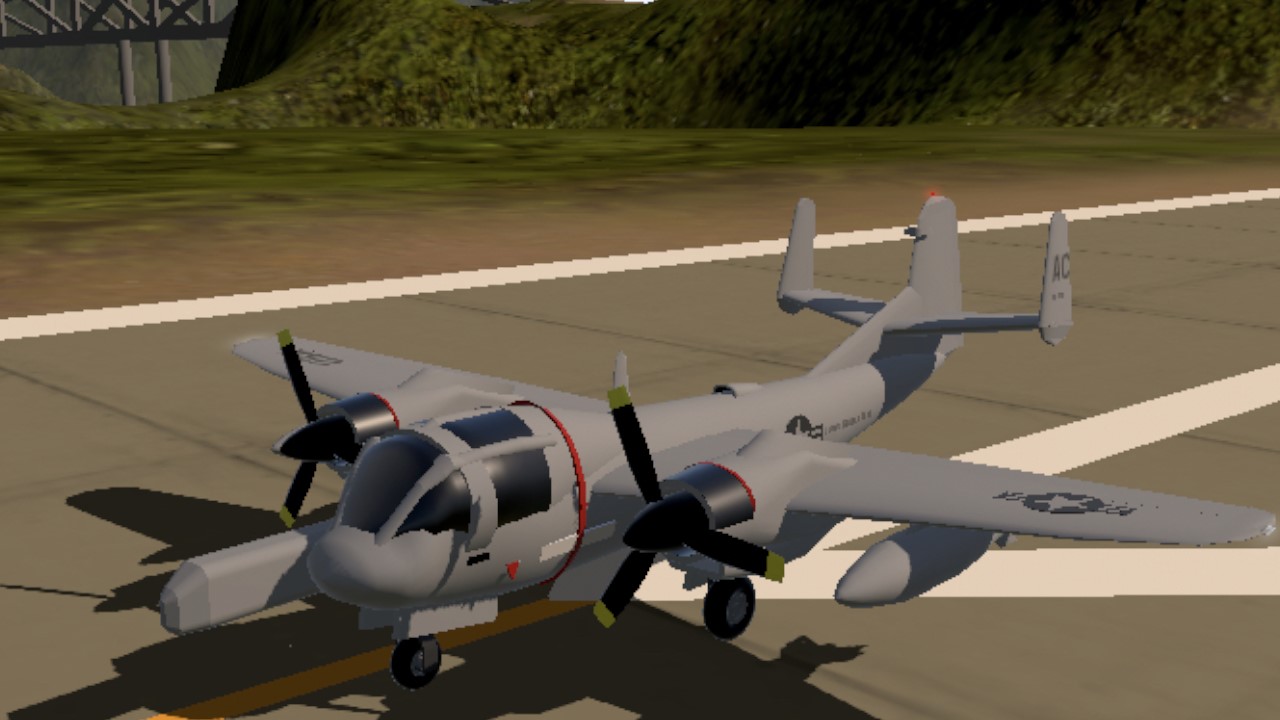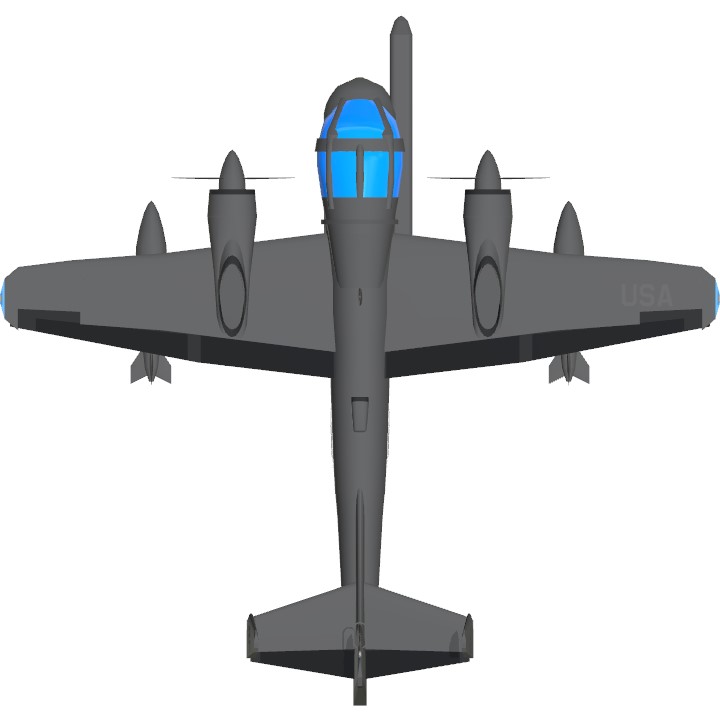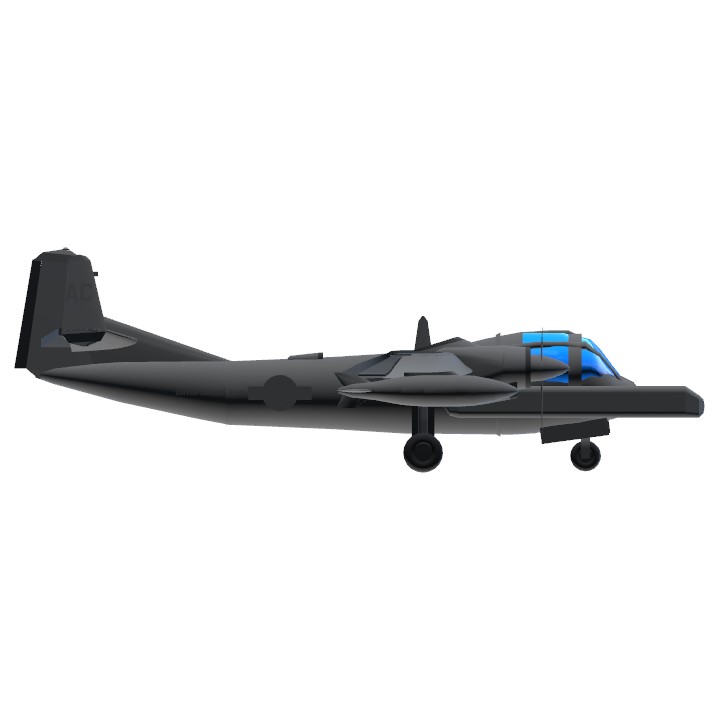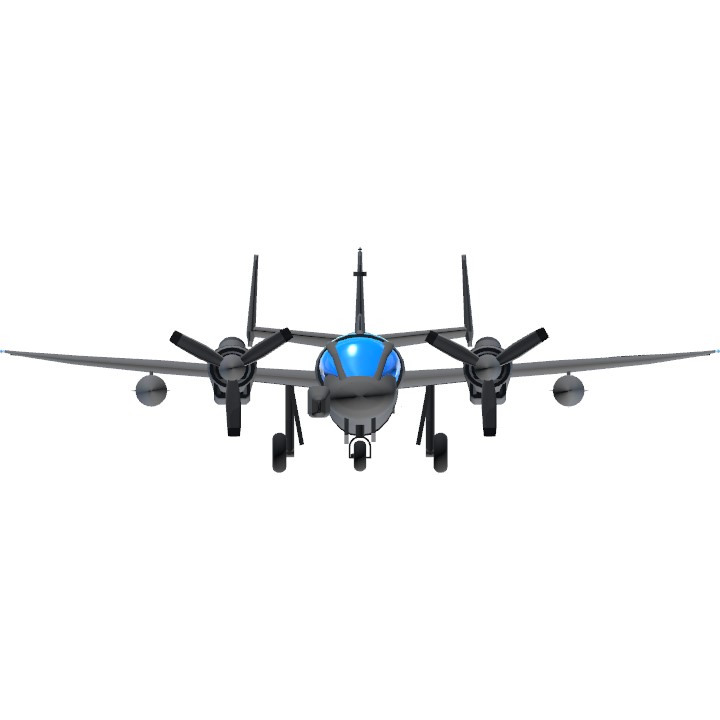Most Credit to : TheGoldenEagle55
Development:
The Mohawk began as a joint Army-Marine program through the then-Navy Bureau of Aeronautics (BuAer), for an observation/attack plane that would outperform the Cessna L-19 Bird Dog. In June 1956, the Army issued Type Specification TS145, which called for the development and procurement of a two-seat, twin turboprop aircraft designed to operate from small, unimproved fields under all weather conditions. It would be faster, with greater firepower, and heavier armour than the Bird Dog, which had proved vulnerable during the Korean War. The Mohawk's mission would include observation, artillery spotting, air control, emergency resupply, naval target spotting, liaison, and radiological monitoring. The Navy specified that the aircraft must be capable of operating from small "jeep" escort class carriers (CVEs). The DoD selected Grumman Aircraft Corporation's G-134 design as the winner of the competition in 1957. Marine requirements contributed an unusual feature to the design. As originally proposed, the OF-1 could be fitted with water skis that would allow the aircraft to land at sea and taxi to island beaches at 20 knots (37 km/h). Since the Marines were authorized to operate fixed-wing aircraft in the close air support (CAS) role, the mockup also featured underwing pylons for rockets, bombs, and other stores.
The Air Force did not like the armament capability of the Mohawk and tried to get it removed, while the Marines did not want the Army's sophisticated sensors. However the Navy then opted to spend the allocated budget on a fleet oil tanker instead, so the Marines had to drop out of the program in September 1957. The Army continued with armed Mohawks and developed cargo pods that could be dropped from underwing hard points to resupply troops in emergencies.
The radar imaging capability of the Mohawk was to prove a significant advance in both peace and war. The Side-Looking Airborne Radar (SLAR) could look through foliage and map terrain, presenting the observer with a film image of the earth below only minutes after the area was scanned. In military operations, the image was split in two parts, one showing fixed terrain features, the other spotting moving targets.
The prototype (YAO-1AF) first flew on April 14, 1959. The OV-1 entered production in October 1959.
In mid-1961, the first Mohawks to serve with U.S. forces overseas were delivered to the 7th Army at Sandhofen Airfield near Mannheim, Germany. Before its formal acceptance, the camera-carrying AO-1AF was flown by Ralph Donnell on a tour of 29 European airfields to display it to the U.S. Army field commanders and potential European customers. In addition to their Vietnam and European service, SLAR-equipped Mohawks began operational missions in 1963 patrolling the Korean Demilitarized Zone. Germany and France showed early interest in the Mohawk, and Grumman actually signed a license production agreement with the French manufacturer Breguet Aviation in exchange for American rights to the Atlantic maritime patrol aircraft.
The very nature of the joint Army/Marine program had forced design compromises, such as ejection seats,[1] that made the aircraft expensive and, sometimes, an openly resisted item in Army budgets. Orders for the OV-1 stopped in Fiscal 1964, and the controversy in the Pentagon over the armed Mohawk peaked with a 1965 directive that prohibited the Army from operating armed fixed-wing aircraft (See the Johnson-McConnell agreement of 1966). Operational success in Vietnam led to additional Mohawk orders in 1966, and by 1968, five surveillance companies were operating in Southeast Asia.
The last of the Mohawk versions to enter production was the OV-1D with more powerful T53-L-701 engines, improved avionics, and interchangeable mission pallets that made it possible to switch the aircraft from infrared to SLAR configuration in about an hour. The first four OV-1Ds were prototypes converted from earlier production airframes, and the first flew in 1969. These were followed by 37 new-build aircraft, the last of which was delivered in December 1970.
Over the years, the mission and the aircraft underwent many changes and roughly 380 were built over all variants. Mohawk variants included the JOV-1 [armed reconnaissance], OV-1A, [visual and photographic], OV-1B [visual, photographic, and side-looking radar (SLAR) pod], the OV-1C [visual, photographic, and infrared], and the OV-1D (SLAR pod and bigger wings), OV-1E [enlarged fuselage for more sensor operators or cargo], EV-1E [special electronic intelligence installation] and RV-1E [advanced ELINT reconnaissance]. A four-engined Model 134E with tiltwings and tail ducted fan for control for VTOL was proposed to the Army but not built. Model 134R was a tandem cockpit version offered to meet the Light Armed Reconnaissance Aircraft (LARA) requirement, but the NA300 was chosen instead becoming the OV-10.
Operational history:
United States Army
edit
The U.S. Army flew the OV-1 operationally in the Vietnam War, with sixty-five lost to accidents, ground fire, and one shot down by a North Vietnamese fighter.[2]
In early 1968, while flying an OV-1 over South Vietnam, U.S. Army Captain Ken Lee shot down a MiG-17 “Fresco” fighter jet with his XM14 .50 in. (12.7 mm) caliber gun pods as well as two M159 unguided rocket pods, becoming the only Army Aviator to ever down a MiG. Due to the Key West Agreement, the Army tried to keep the shootdown a secret for fear that it would allow the USAF to transfer Mohawks to its inventory. Lee's kill was finally formally recognized by the Army in 2007.[3]
The Army also used the aircraft during Operation Desert Storm.
Starting in 1972, the Army National Guard (ARNG) began to receive the Mohawk, with the ARNG eventually operating thirteen OV-1Bs, twenty-four OV-1Cs, and sixteen OV-1Ds serving with three aviation units in Georgia and Oregon. The Oregon Army National Guard Unit operating the Mohawk was located at McNary Field in Oregon, initially as the 1042nd Military Intelligence Company (Aerial Surveillance), then reflagged as the 641st Military Intelligence Battalion (CEWI)(Aerial Exploitation).
U.S. Army OV-1s were retired from Europe in 1992, from Korea in September 1996, and finally in the United States in 1996, superseded by newer systems, newer aircraft, and the evolution of reconnaissance satellites. The OV-1 was primarily replaced by the EO-5C, a militarized version of the de Havilland Canada Dash 7 turboprop airliner equipped with a SLAR system, until the U.S. Air Force's Northrop Grumman E-8 Joint STARS (Joint Surveillance Target Attack Radar System) aircraft became fully operational.
As of 2011, Alliant Techsystems partnered with the Broadbay Group and Mohawk Technologies of Florida in a venture to return an armed, modernized version of the OV-1D to operational use as a counter-insurgency aircraft. A demonstrator was equipped with a FLIR Star Safire turret and a ventral, trainable M230 chain gun.[4][5]
Variants:
YAO-1 (YOV-1A)
Initial prototypes (9 built).
OV-1A (AO-1AF)
Daylight observation variant (64 built). Short wingspan (42 ft).[11]
OV-1A - Pittsburgh Institute of Aeronautics
Fitted with two additional Westinghouse J34 jet engines. A non-flying, mixed-power, testbed, operated by the Pittsburgh Institute of Aeronautics (1 conversion).[12]
OV-1B (AO-1BF)
SLAR variant (101 built). Long wingspan (48 ft).[11]
OV-1C (AO-1CF)
IR reconnaissance variant (169 built). Short wingspan (42 ft).[11]
OV-1D
Consolidated sensor variant (37 new, 82 conversions). Long wingspan (48 ft).[11]
JOV-1A
OV-1As and OV-1Cs fitted with armament (59 conversions).
RV-1C
Quick Look ELINT machines (two conversions).
RV-1D
Quick Look II ELINT machine (31 conversions).
EV-1E
Quick Look III ELINT machine (16 conversions).
OV-1E
Prototype for unproduced modernized variant (1 built).
Operators:
Argentina
Argentine Army Aviation
Israel
Israeli Air Force[13]
United States
United States Army
Army National Guard
Specifications
Spotlights
- SomeSPGuyWhoLikesLore 2.1 years ago
- XProAerospaceAircrafts 2.1 years ago
General Characteristics
- Predecessor Grumman OV-1 Mohawk
- Created On iOS
- Wingspan 65.1ft (19.9m)
- Length 62.3ft (19.0m)
- Height 20.3ft (6.2m)
- Empty Weight 19,709lbs (8,940kg)
- Loaded Weight 38,644lbs (17,528kg)
Performance
- Horse Power/Weight Ratio 0.194
- Wing Loading 17.6lbs/ft2 (85.8kg/m2)
- Wing Area 2,197.8ft2 (204.2m2)
- Drag Points 18984
Parts
- Number of Parts 230
- Control Surfaces 14
- Performance Cost 910





@TheGoldenEagle55
I love him
@Majakalona I just realized that
it looks like a baby plane